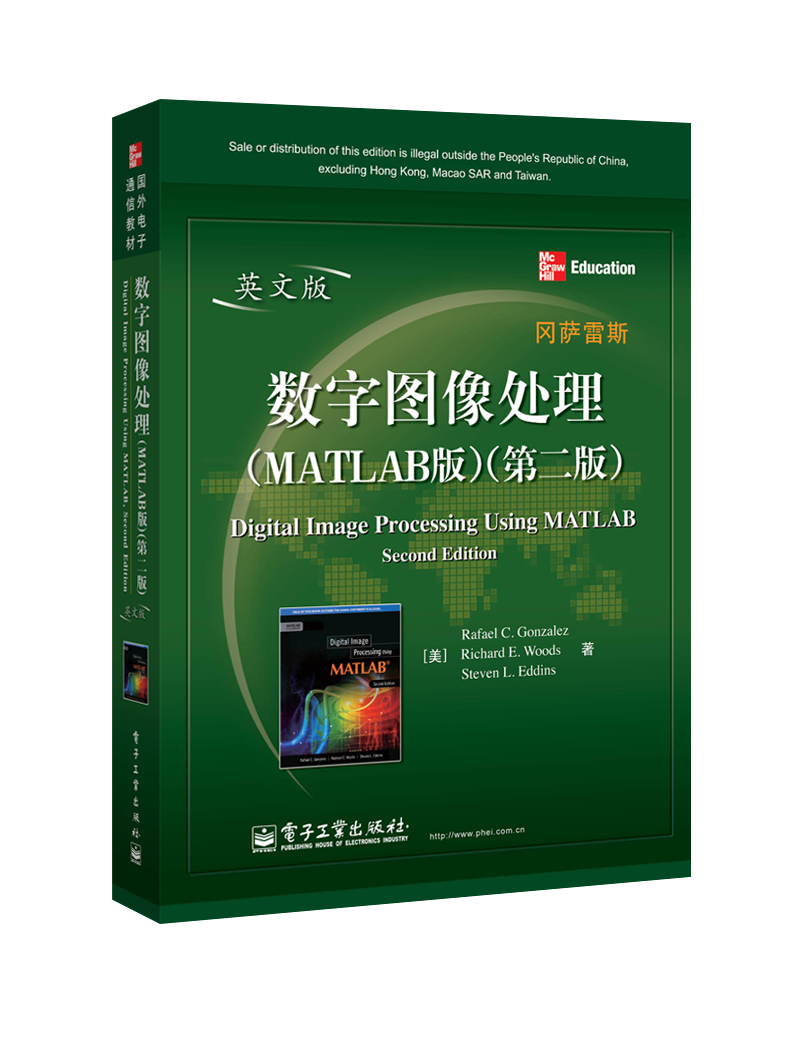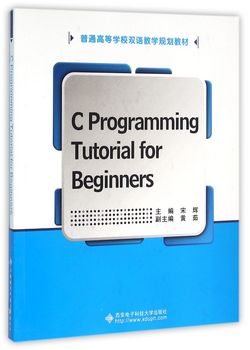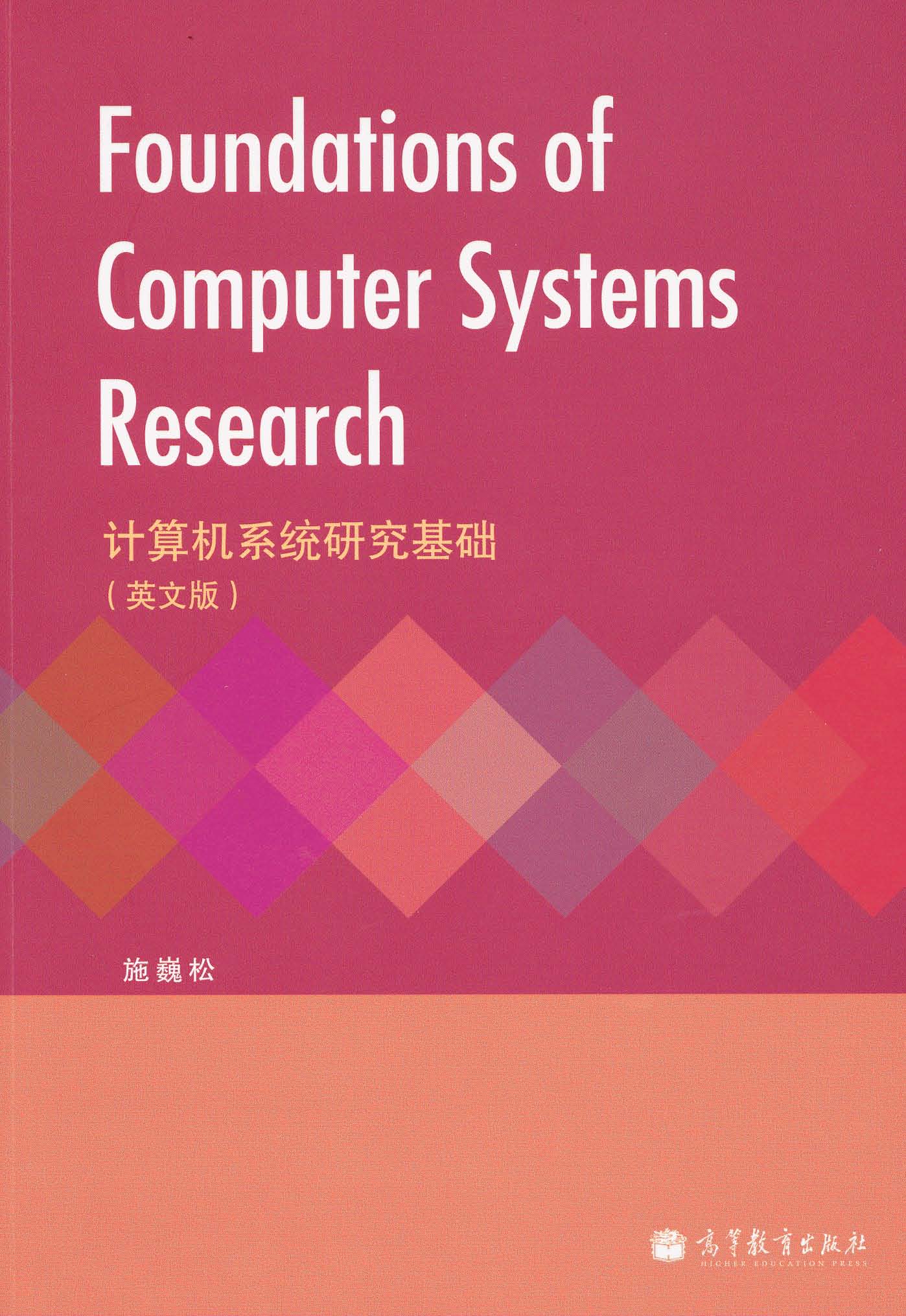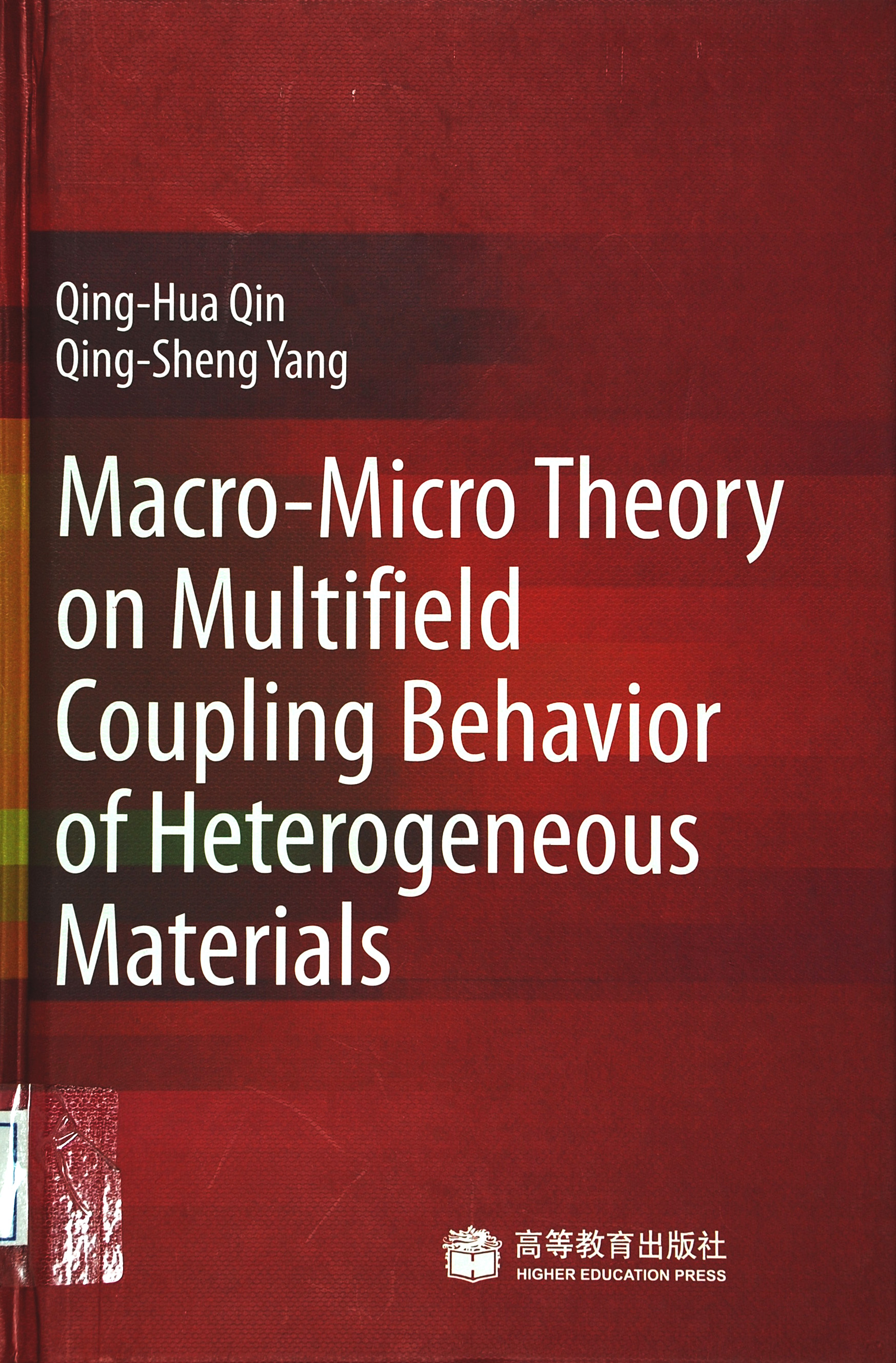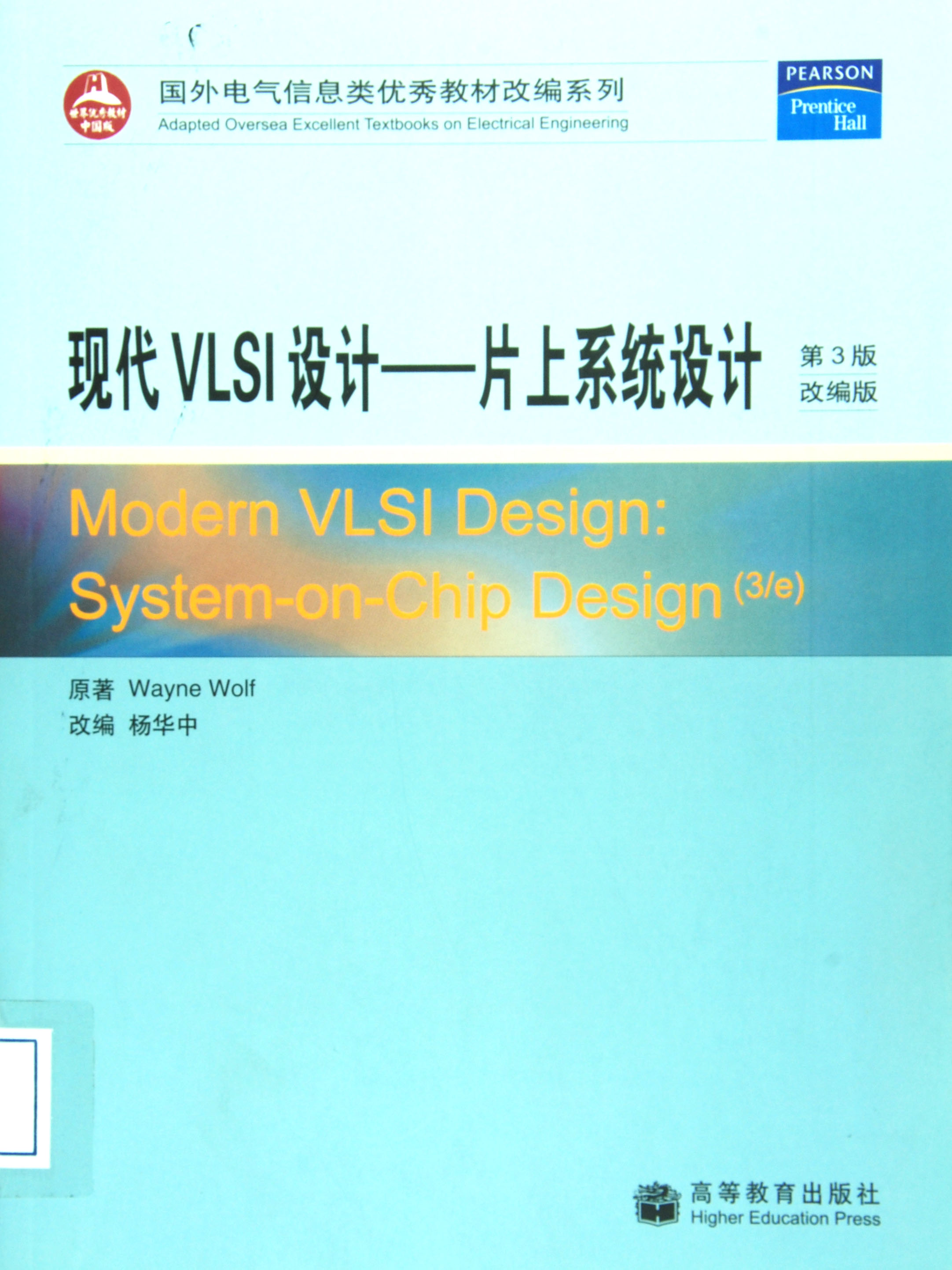数字图像处理(MATLAB版)(第二版)(英文版) / 国外电子与通信教材系列
¥89.00定价
作者: Rafael C. Gonzalez等
出版时间:2013-04
出版社:电子工业出版社
试读
- 电子工业出版社
- 9787121195440
- 1-1
- 153223
- 47151437-2
- 平装
- 16开
- 2013-04
- 1203
- 756
- 工学
- 信息与通信工程
- TN911.73
- 电子信息工程(工学/理学)
- 本科 研究生(硕士、EMBA、MBA、MPA、博士)
内容简介
这是图像处理基础理论论述同以MATLAB为主要工具的软件实践方法相对照的第一本书。本书集成了冈萨雷斯和伍兹所著的《数字图像处理(第三版)》一书中重要的原文材料和MathWorks公司的图像处理工具箱。本书的特色在于重点强调怎样通过开发新代码来加强这些软件工具。本书在介绍MATLAB编程基础知识之后,讲述了图像处理的主干内容,包括灰度变换、线性和非线性空间滤波、频率域滤波、图像复原与重建、几何变换和图像配准、彩色图像处理、小波、图像压缩、形态学图像处理、图像分割、区域和边界表示与描述。
目录
Contents
Preface
Acknowledgements
About the Authors
1 Introduction
Preview
1.1 Background
1.2 What Is Digital Image Processing?
1.3 Background on MATLAB and the Image Processing Toolbox
1.4 Areas of Image Processing Covered in the Book
1.5 The Book Web Site
1.6 Notation
1.7 Fundamentals
1.7.1 The MATLAB Desktop
1.7.2 Using the MATLAB Editor/Debugger
1.7.3 Getting Help
1.7.4 Saving and Retrieving Work Session Data
1.7.5 Digital Image Representation
1.7.6 Image I/O and Display
1.7.7 Classes and Image Types
1.7.8 M-Function Programming
1.8 How References Are Organized in the Book
Summary
2 Intensity Transformations and Spatial Filtering
Preview
2.1 Background
2.2 Intensity Transformation Functions
2.2.1 Functions imadjust and stretchlim
2.2.2 Logarithmic and Contrast- Stretching Transformations
2.2.3 Specifying Arbitrary Intensity Transformations
2.2.4 Some Utility M-functions for Intensity Transformations
2.3 Histogram Processing and Function Plotting
2.3.1 Generating and Plotting Image Histograms
2.3.2 Histogram Equalization
2.3.3 Histogram Matching (Specification)
2.3.4 Function adapthisteq
2.4 Spatial Filtering
2.4.1 Linear Spatial Filtering
2.4.2 Nonlinear Spatial Filtering
2.5 Image Processing Toolbox Standard Spatial Filters
2.5.1 Linear Spatial Filters
2.5.2 Nonlinear Spatial Filters
2.6 Using Fuzzy Techniques for Intensity Transformations and Spatial
Filtering
2.6.1 Background
2.6.2 Introduction to Fuzzy Sets
2.6.3 Using Fuzzy Sets
2.6.4 A Set of Custom Fuzzy M-functions
2.6.5 Using Fuzzy Sets for Intensity Transformations
2.6.6 Using Fuzzy Sets for Spatial Filtering
Summary
3 Filtering in the Frequency Domain
Preview
3.1 The 2-D Discrete Fourier Transform
3.2 Computing and Visualizing the 2-D DFT in MATLAB
3.3 Filtering in the Frequency Domain
3.3.1 Fundamentals
3.3.2 Basic Steps in DFT Filtering
3.3.3 An M-function for Filtering in the Frequency Domain
3.4 Obtaining Frequency Domain Filters from Spatial Filters
3.5 Generating Filters Directly in the Frequency Domain
3.5.1 Creating Meshgrid Arrays for Use in Implementing Filters
in the Frequency Domain
3.5.2 Lowpass (Smoothing) Frequency Domain Filters
3.5.3 Wireframe and Surface Plotting
3.6 Highpass (Sharpening) Frequency Domain Filters
3.6.1 A Function for Highpass Filtering
3.6.2 High-Frequency Emphasis Filtering
3.7 Selective Filtering
3.7.1 Bandreject and Bandpass Filters
3.7.2 Notchreject and Notchpass Filters
Summary
4 Image Restoration and Reconstruction
Preview
4.1 A Model of the Image Degradation/Restoration Process
4.2 Noise Models
4.2.1 Adding Noise to Images with Function imnoise
4.2.2 Generating Spatial Random Noise with a Specified
Distribution
4.2.3 Periodic Noise
4.2.4 Estimating Noise Parameters
4.3 Restoration in the Presence of Noise Only—Spatial Filtering
4.3.1 Spatial Noise Filters
4.3.2 Adaptive Spatial Filters
4.4 Periodic Noise Reduction Using Frequency Domain Filtering
4.5 Modeling the Degradation Function
4.6 Direct Inverse Filtering
4.7 Wiener Filtering
4.8 Constrained Least Squares (Regularized) Filtering
4.9 Iterative Nonlinear Restoration Using the Lucy-Richardson
Algorithm
4.10 Blind Deconvolution
4.11 Image Reconstruction from Projections
4.11.1 Background
4.11.2 Parallel-Beam Projections and the Radon Transform
4.11.3 The Fourier Slice Theorem and Filtered Backprojections
4.11.4 Filter Implementation
4.11.5 Reconstruction Using Fan-Beam Filtered Backprojections
4.11.6 Function radon
4.11.7 Function iradon
4.11.8 Working with Fan-Beam Data
Summary
5 Geometric Transformations and Image
Registration
Preview
5.1 Transforming Points
5.2 Affine Transformations
5.3 Projective Transformations
5.4 Applying Geometric Transformations to Images
5.5 Image Coordinate Systems in MATLAB
5.5.1 Output Image Location
5.5.2 Controlling the Output Grid
5.6 Image Interpolation
5.6.1 Interpolation in Two Dimensions
5.6.2 Comparing Interpolation Methods
5.7 Image Registration
5.7.1 Registration Process
5.7.2 Manual Feature Selection and Matching Using cpselect
5.7.3 Inferring Transformation Parameters Using cp2tform
5.7.4 Visualizing Aligned Images
5.7.5 Area-Based Registration
5.7.6 Automatic Feature-Based Registration
Summary
6 Color Image Processing
Preview
6.1 Color Image Representation in MATLAB
6.1.1 RGB Images
6.1.2 Indexed Images
6.1.3 Functions for Manipulating RGB and Indexed Images
6.2 Converting Between Color Spaces
6.2.1 NTSC Color Space
6.2.2 The YCbCr Color Space
6.2.3 The HSV Color Space
6.2.4 The CMY and CMYK Color Spaces
6.2.5 The HSI Color Space
6.2.6 Device-Independent Color Spaces
6.3 The Basics of Color Image Processing
6.4 Color Transformations
6.5 Spatial Filtering of Color Images
6.5.1 Color Image Smoothing
6.5.2 Color Image Sharpening
6.6 Working Directly in RGB Vector Space
6.6.1 Color Edge Detection Using the Gradient
6.6.2 Image Segmentation in RGB Vector Space
Summary
7 Wavelets
Preview
7.1 Background
7.2 The Fast Wavelet Transform
7.2.1 FWTs Using the Wavelet Toolbox
7.2.2 FWTs without the Wavelet Toolbox
7.3 Working with Wavelet Decomposition Structures
7.3.1 Editing Wavelet Decomposition Coefficients without the
Wavelet Toolbox
7.3.2 Displaying Wavelet Decomposition Coefficients
7.4 The Inverse Fast Wavelet Transform
7.5 Wavelets in Image Processing
Summary
8 Image Compression
Preview
8.1 Background
8.2 Coding Redundancy
8.2.1 Huffman Codes
8.2.2 Huffman Encoding
8.2.3 Huffman Decoding
8.3 Spatial Redundancy
8.4 Irrelevant Information
8.5 JPEG Compression
8.5.1 JPEG
8.5.2 JPEG 2000
8.6 Video Compression
8.6.1 MATLAB Image Sequences and Movies
8.6.2 Temporal Redundancy and Motion Compensation
Summary
9 Morphological Image Processing
Preview
9.1 Preliminaries
9.1.1 Some Basic Concepts from Set Theory
9.1.2 Binary Images, Sets, and Logical Operators
9.2 Dilation and Erosion
9.2.1 Dilation
9.2.2 Structuring Element Decomposition
9.2.3 The strel Function
9.2.4 Erosion
9.3 Combining Dilation and Erosion
9.3.1 Opening and Closing
9.3.2 The Hit-or-Miss Transformation
9.3.3 Using Lookup Tables
9.3.4 Function bwmorph
9.4 Labeling Connected Components
9.5 Morphological Reconstruction
9.5.1 Opening by Reconstruction
9.5.2 Filling Holes
9.5.3 Clearing Border Objects
9.6 Gray-Scale Morphology
9.6.1 Dilation and Erosion
9.6.2 Opening and Closing
9.6.3 Reconstruction
Summary
10 Image Segmentation
Preview
10.1 Point, Line, and Edge Detection
10.1.1 Point Detection
10.1.2 Line Detection
10.1.3 Edge Detection Using Function edge
10.2 Line Detection Using the Hough Transform
10.2.1 Background
10.2.2 Toolbox Hough Functions
10.3 Thresholding
10.3.1 Foundation
10.3.2 Basic Global Thresholding
10.3.3 Optimum Global Thresholding Using Otsu's Method
10.3.4 Using Image Smoothing to Improve Global Thresholding
10.3.5 Using Edges to Improve Global Thresholding
10.3.6 Variable Thresholding Based on Local Statistics
10.3.7 Image Thresholding Using Moving Averages
10.4 Region-Based Segmentation
10.4.1 Basic Formulation
10.4.2 Region Growing
10.4.3 Region Splitting and Merging
10.5 Segmentation Using the Watershed Transform
10.5.1 Watershed Segmentation Using the Distance Transform
10.5.2 Watershed Segmentation Using Gradients
10.5.3 Marker-Controlled Watershed Segmentation
Summary
11 Representation and Description
Preview
11.1 Background
11.1.1 Functions for Extracting Regions and Their Boundaries
11.1.2 Some Additional MATLAB and Toolbox Functions Used
in This Chapter
11.1.3 Some Basic Utility M-Functions
11.2 Representation
11.2.1 Chain Codes
11.2.2 Polygonal Approximations Using Minimum-Perimeter Polygons
11.2.3 Signatures
11.2.4 Boundary Segments
11.2.5 Skeletons
11.3 Boundary Descriptors
11.3.1 Some Simple Descriptors
11.3.2 Shape Numbers
11.3.3 Fourier Descriptors
11.3.4 Statistical Moments
11.3.5 Corners
11.4 Regional Descriptors
11.4.1 Function regionprops
11.4.2 Texture
11.4.3 Moment Invariants
11.5 Using Principal Components for Description
Summary
Appendix A M-Function Summary
Appendix B ICE and MATLAB Graphical User Interfaces
Appendix C Additional Custom M-functions
Bibliography
Index
Preface
Acknowledgements
About the Authors
1 Introduction
Preview
1.1 Background
1.2 What Is Digital Image Processing?
1.3 Background on MATLAB and the Image Processing Toolbox
1.4 Areas of Image Processing Covered in the Book
1.5 The Book Web Site
1.6 Notation
1.7 Fundamentals
1.7.1 The MATLAB Desktop
1.7.2 Using the MATLAB Editor/Debugger
1.7.3 Getting Help
1.7.4 Saving and Retrieving Work Session Data
1.7.5 Digital Image Representation
1.7.6 Image I/O and Display
1.7.7 Classes and Image Types
1.7.8 M-Function Programming
1.8 How References Are Organized in the Book
Summary
2 Intensity Transformations and Spatial Filtering
Preview
2.1 Background
2.2 Intensity Transformation Functions
2.2.1 Functions imadjust and stretchlim
2.2.2 Logarithmic and Contrast- Stretching Transformations
2.2.3 Specifying Arbitrary Intensity Transformations
2.2.4 Some Utility M-functions for Intensity Transformations
2.3 Histogram Processing and Function Plotting
2.3.1 Generating and Plotting Image Histograms
2.3.2 Histogram Equalization
2.3.3 Histogram Matching (Specification)
2.3.4 Function adapthisteq
2.4 Spatial Filtering
2.4.1 Linear Spatial Filtering
2.4.2 Nonlinear Spatial Filtering
2.5 Image Processing Toolbox Standard Spatial Filters
2.5.1 Linear Spatial Filters
2.5.2 Nonlinear Spatial Filters
2.6 Using Fuzzy Techniques for Intensity Transformations and Spatial
Filtering
2.6.1 Background
2.6.2 Introduction to Fuzzy Sets
2.6.3 Using Fuzzy Sets
2.6.4 A Set of Custom Fuzzy M-functions
2.6.5 Using Fuzzy Sets for Intensity Transformations
2.6.6 Using Fuzzy Sets for Spatial Filtering
Summary
3 Filtering in the Frequency Domain
Preview
3.1 The 2-D Discrete Fourier Transform
3.2 Computing and Visualizing the 2-D DFT in MATLAB
3.3 Filtering in the Frequency Domain
3.3.1 Fundamentals
3.3.2 Basic Steps in DFT Filtering
3.3.3 An M-function for Filtering in the Frequency Domain
3.4 Obtaining Frequency Domain Filters from Spatial Filters
3.5 Generating Filters Directly in the Frequency Domain
3.5.1 Creating Meshgrid Arrays for Use in Implementing Filters
in the Frequency Domain
3.5.2 Lowpass (Smoothing) Frequency Domain Filters
3.5.3 Wireframe and Surface Plotting
3.6 Highpass (Sharpening) Frequency Domain Filters
3.6.1 A Function for Highpass Filtering
3.6.2 High-Frequency Emphasis Filtering
3.7 Selective Filtering
3.7.1 Bandreject and Bandpass Filters
3.7.2 Notchreject and Notchpass Filters
Summary
4 Image Restoration and Reconstruction
Preview
4.1 A Model of the Image Degradation/Restoration Process
4.2 Noise Models
4.2.1 Adding Noise to Images with Function imnoise
4.2.2 Generating Spatial Random Noise with a Specified
Distribution
4.2.3 Periodic Noise
4.2.4 Estimating Noise Parameters
4.3 Restoration in the Presence of Noise Only—Spatial Filtering
4.3.1 Spatial Noise Filters
4.3.2 Adaptive Spatial Filters
4.4 Periodic Noise Reduction Using Frequency Domain Filtering
4.5 Modeling the Degradation Function
4.6 Direct Inverse Filtering
4.7 Wiener Filtering
4.8 Constrained Least Squares (Regularized) Filtering
4.9 Iterative Nonlinear Restoration Using the Lucy-Richardson
Algorithm
4.10 Blind Deconvolution
4.11 Image Reconstruction from Projections
4.11.1 Background
4.11.2 Parallel-Beam Projections and the Radon Transform
4.11.3 The Fourier Slice Theorem and Filtered Backprojections
4.11.4 Filter Implementation
4.11.5 Reconstruction Using Fan-Beam Filtered Backprojections
4.11.6 Function radon
4.11.7 Function iradon
4.11.8 Working with Fan-Beam Data
Summary
5 Geometric Transformations and Image
Registration
Preview
5.1 Transforming Points
5.2 Affine Transformations
5.3 Projective Transformations
5.4 Applying Geometric Transformations to Images
5.5 Image Coordinate Systems in MATLAB
5.5.1 Output Image Location
5.5.2 Controlling the Output Grid
5.6 Image Interpolation
5.6.1 Interpolation in Two Dimensions
5.6.2 Comparing Interpolation Methods
5.7 Image Registration
5.7.1 Registration Process
5.7.2 Manual Feature Selection and Matching Using cpselect
5.7.3 Inferring Transformation Parameters Using cp2tform
5.7.4 Visualizing Aligned Images
5.7.5 Area-Based Registration
5.7.6 Automatic Feature-Based Registration
Summary
6 Color Image Processing
Preview
6.1 Color Image Representation in MATLAB
6.1.1 RGB Images
6.1.2 Indexed Images
6.1.3 Functions for Manipulating RGB and Indexed Images
6.2 Converting Between Color Spaces
6.2.1 NTSC Color Space
6.2.2 The YCbCr Color Space
6.2.3 The HSV Color Space
6.2.4 The CMY and CMYK Color Spaces
6.2.5 The HSI Color Space
6.2.6 Device-Independent Color Spaces
6.3 The Basics of Color Image Processing
6.4 Color Transformations
6.5 Spatial Filtering of Color Images
6.5.1 Color Image Smoothing
6.5.2 Color Image Sharpening
6.6 Working Directly in RGB Vector Space
6.6.1 Color Edge Detection Using the Gradient
6.6.2 Image Segmentation in RGB Vector Space
Summary
7 Wavelets
Preview
7.1 Background
7.2 The Fast Wavelet Transform
7.2.1 FWTs Using the Wavelet Toolbox
7.2.2 FWTs without the Wavelet Toolbox
7.3 Working with Wavelet Decomposition Structures
7.3.1 Editing Wavelet Decomposition Coefficients without the
Wavelet Toolbox
7.3.2 Displaying Wavelet Decomposition Coefficients
7.4 The Inverse Fast Wavelet Transform
7.5 Wavelets in Image Processing
Summary
8 Image Compression
Preview
8.1 Background
8.2 Coding Redundancy
8.2.1 Huffman Codes
8.2.2 Huffman Encoding
8.2.3 Huffman Decoding
8.3 Spatial Redundancy
8.4 Irrelevant Information
8.5 JPEG Compression
8.5.1 JPEG
8.5.2 JPEG 2000
8.6 Video Compression
8.6.1 MATLAB Image Sequences and Movies
8.6.2 Temporal Redundancy and Motion Compensation
Summary
9 Morphological Image Processing
Preview
9.1 Preliminaries
9.1.1 Some Basic Concepts from Set Theory
9.1.2 Binary Images, Sets, and Logical Operators
9.2 Dilation and Erosion
9.2.1 Dilation
9.2.2 Structuring Element Decomposition
9.2.3 The strel Function
9.2.4 Erosion
9.3 Combining Dilation and Erosion
9.3.1 Opening and Closing
9.3.2 The Hit-or-Miss Transformation
9.3.3 Using Lookup Tables
9.3.4 Function bwmorph
9.4 Labeling Connected Components
9.5 Morphological Reconstruction
9.5.1 Opening by Reconstruction
9.5.2 Filling Holes
9.5.3 Clearing Border Objects
9.6 Gray-Scale Morphology
9.6.1 Dilation and Erosion
9.6.2 Opening and Closing
9.6.3 Reconstruction
Summary
10 Image Segmentation
Preview
10.1 Point, Line, and Edge Detection
10.1.1 Point Detection
10.1.2 Line Detection
10.1.3 Edge Detection Using Function edge
10.2 Line Detection Using the Hough Transform
10.2.1 Background
10.2.2 Toolbox Hough Functions
10.3 Thresholding
10.3.1 Foundation
10.3.2 Basic Global Thresholding
10.3.3 Optimum Global Thresholding Using Otsu's Method
10.3.4 Using Image Smoothing to Improve Global Thresholding
10.3.5 Using Edges to Improve Global Thresholding
10.3.6 Variable Thresholding Based on Local Statistics
10.3.7 Image Thresholding Using Moving Averages
10.4 Region-Based Segmentation
10.4.1 Basic Formulation
10.4.2 Region Growing
10.4.3 Region Splitting and Merging
10.5 Segmentation Using the Watershed Transform
10.5.1 Watershed Segmentation Using the Distance Transform
10.5.2 Watershed Segmentation Using Gradients
10.5.3 Marker-Controlled Watershed Segmentation
Summary
11 Representation and Description
Preview
11.1 Background
11.1.1 Functions for Extracting Regions and Their Boundaries
11.1.2 Some Additional MATLAB and Toolbox Functions Used
in This Chapter
11.1.3 Some Basic Utility M-Functions
11.2 Representation
11.2.1 Chain Codes
11.2.2 Polygonal Approximations Using Minimum-Perimeter Polygons
11.2.3 Signatures
11.2.4 Boundary Segments
11.2.5 Skeletons
11.3 Boundary Descriptors
11.3.1 Some Simple Descriptors
11.3.2 Shape Numbers
11.3.3 Fourier Descriptors
11.3.4 Statistical Moments
11.3.5 Corners
11.4 Regional Descriptors
11.4.1 Function regionprops
11.4.2 Texture
11.4.3 Moment Invariants
11.5 Using Principal Components for Description
Summary
Appendix A M-Function Summary
Appendix B ICE and MATLAB Graphical User Interfaces
Appendix C Additional Custom M-functions
Bibliography
Index

